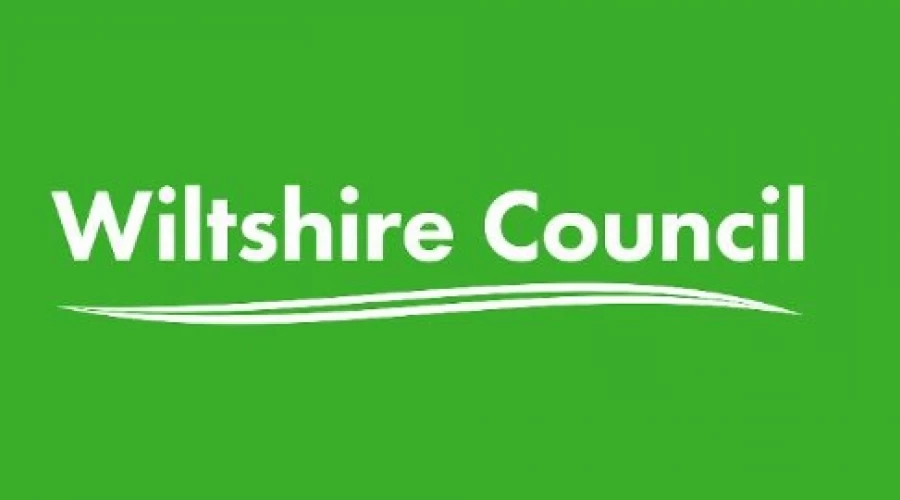How the power system works in the UK
This article contains information & advice regarding risks that do not appear on the Risk Register.

Have you ever thought about how the power gets to your home?
Electricity Generation
Electricity can be generated from a variety of different sources:
- Wind
When the wind blows, it moves the blades on the turbine capturing energy. This is then sent through a gearbox to a generator which converts it into electricity.
- Solar
This works by converting solar power from the sun into power we can use.
- Nuclear
Nuclear power stations work by the splitting of atoms (known as fission). This split results in more atoms and additional neutrons. These neutrons then fire off into further atoms splitting them again. This process continues and more and more splitting (fission) continues. The whole process causes a large amount of heat. The heat is removed from the reactors and is then used to create steam which drives turbines for electricity generation.
- Gas
In the simplest form, gas is burnt in power stations to create heat which then powers turbines. These turbines spin a generator which in turn creates electricity.
- Coal
The electricity production via coal is very similar to that of gas.
Transmission
The high voltage electricity generated is ‘moved’ from the initial sites onto the next part of the network via transmission companies. There are three main companies who do this:
- National Grid Electricity Transmission
- Scottish Hydro Electric Transmission
- SP Energy Networks
This electricity is distributed to the 14 Distribution Network Operators (DNOs) across the country. A simple way of thinking of this is that the transmission networks are the motorways (getting us to the central places quickly) and the DNOs are the A/B roads that branch off and get us to more localised areas across the country.
Related News

Thames Water urges customers to protect their homes as freezing conditions continue
2m read
Thames Water urges customers to protect their homes as freezing conditions continue

Wiltshire Council top tips
3m read
Top tips to shop sustainably and reduce waste this Christmas from Wiltshire Council
Distribution Network Operators
There are 14 Distribution Network Operators:
- North Scotland - SSE Power Distribution (An SSE Company)
- Central and Southern Scotland - SP Energy Networks (A Scottish Power company)
- North East England - Northern Powergrid
- North West England - Electricity North West
- Yorkshire - Northern Powergrid
- Merseyside, Cheshire, North Wales and North Shropshire - SP Energy Networks
- East Midlands, West Midlands, South Wales & South West England - Western Power Distribution
- Eastern England - UK Power Networks
- Southern England - SSE Power Distribution
- London - UK Power Networks
- South East England - UK Power Networks
- Northern Ireland - Northern Ireland Electricity
The DNOs carry their electricity at much lower voltages than the Transmission networks. The DNOs are the infrastructure that we see bringing the electricity into our homes.
If you hear the phrase “power grid” that is a term often referring to the transmission and DNO networks
Supply
This is the part of the network you most probably know. You are able to pick your supplier and you likely do so due to a number of factors:
- Price
- Reputation
- Environmental credentials
- Offers and rewards
There are a number of suppliers on the market although the ‘big 6’ are probably the ones you have most likely heard of. These are:
- British Gas
- Scottish Power
- Npower
- E.ON.
- EDF Energy
- SSE
There are many other suppliers that are becoming increasingly popular and many smaller suppliers who cater for customer numbers in the tens of thousands.
The key thing with suppliers is that they buy electricity on the wholesale market and then pay the DNOs for transporting it along their network. We, as the customer, then pay the supplier to use this electricity.
The key thing to remember here is that if you live in Wiltshire, you might be supplied by EDF but the local network (DNO) that carries your electricity is SSE. The same for if you lived in Margate, you might also have EDF as your supplier, but your local network carrier is UK Power Networks. This situation is reflected across the UK.


